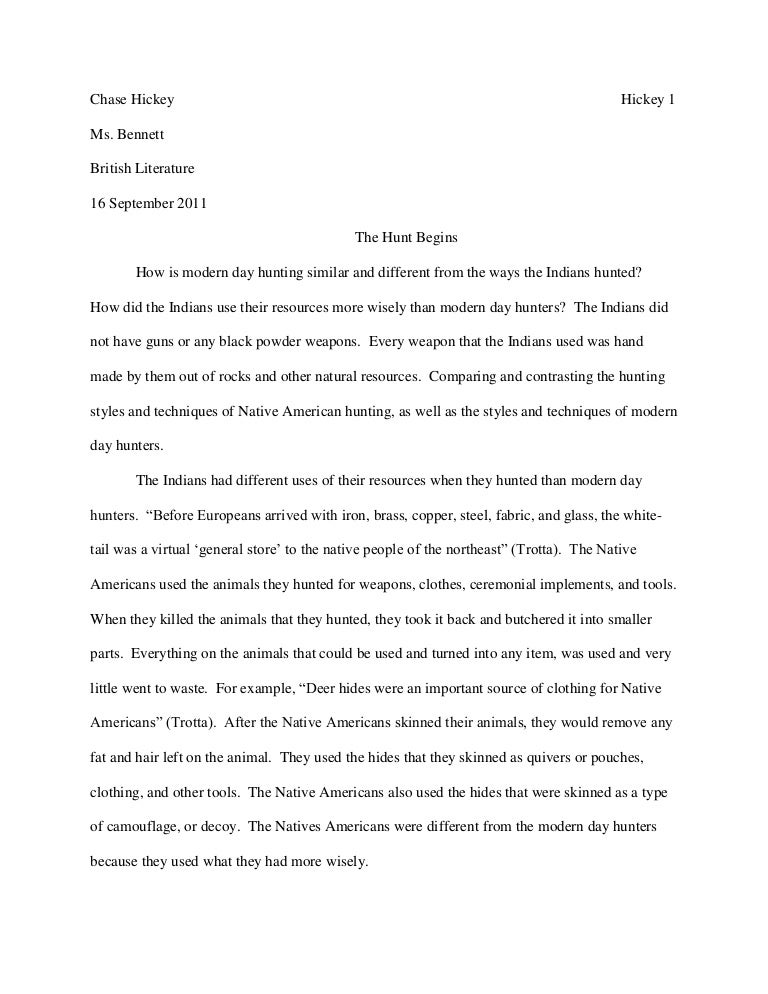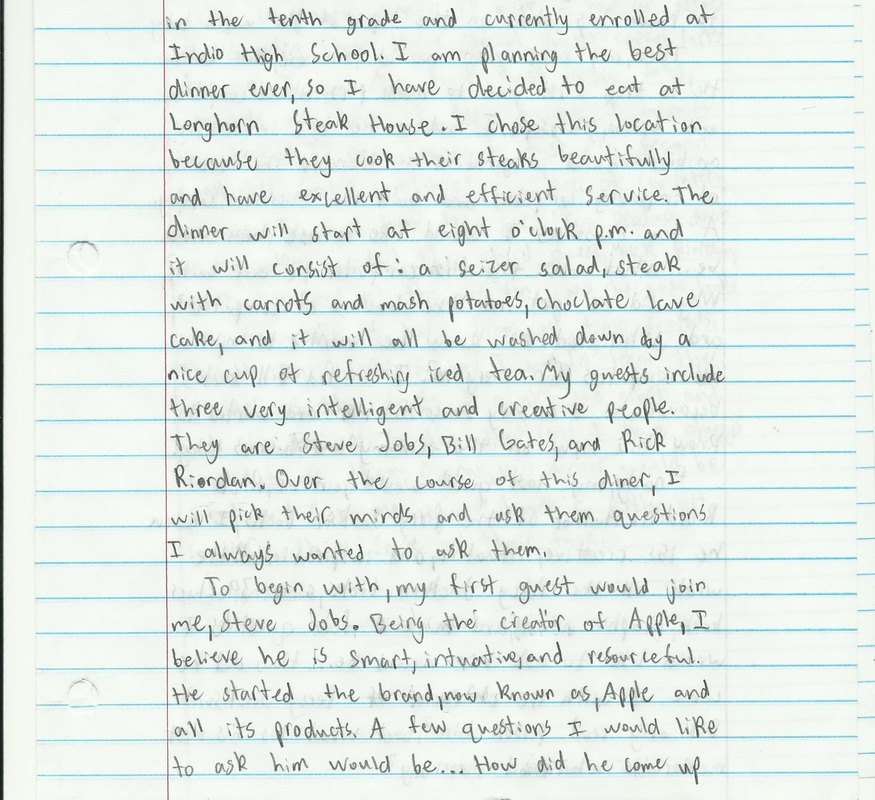


Tulungersaq then asks the sparrow to fly down into the abyss and inform him as to what he finds. From this formation, a new human being becomes alive. As a result, he forms a figure from clay which resembles his own.

He goes on to bury something beneath the earth and soon after he discovers that the earth is no longer sterile, it is now covered in bushes and grass. Through his exploration, he discovers a sparrow, and realizes that this is the only form of life that had been in existence before him. He is in complete darkness and it is through his sense of touch that he becomes aware of his surroundings. He initially takes the form of a human being and is entirely unaware of how he came into existence. In this story a being called Tulungersaq, or Father Raven is born in the heavens. An example of this can originally be found in Kund Rasmussen’s collection of Eskimo myths. ” In this method of narration, the creator often creates a replica of earth within the heavens, and somehow recreates this image in the abyss below. A technique that is used in many creation myths can be referred to as “creation from above. During the time of their invention however, these myths were precisely an honest interpretation of the outer world, and therefore they served the exact purpose which is stated in their title, to explain the process of creation. In a modern light, it can be stated that creation myths describe not the origin of our cosmos but rather these myths allow us to gain a broader understanding of ancient theories and beliefs. We now see these theories as inaccurate, due to the fact that they have been replaced by newer scientific models. Therefore, a creation myth may be considered a theory that has become outdated due to our more complete perception of the world. This same philosophy applies to the origin of any given creation myth.


 0 kommentar(er)
0 kommentar(er)
